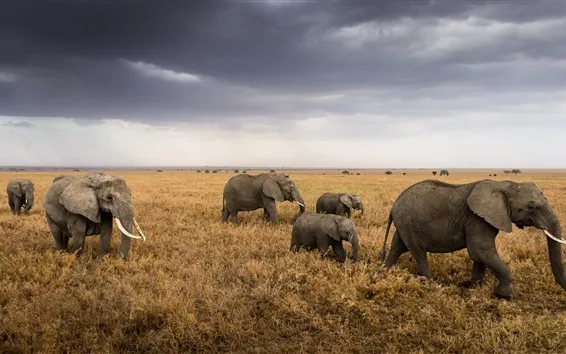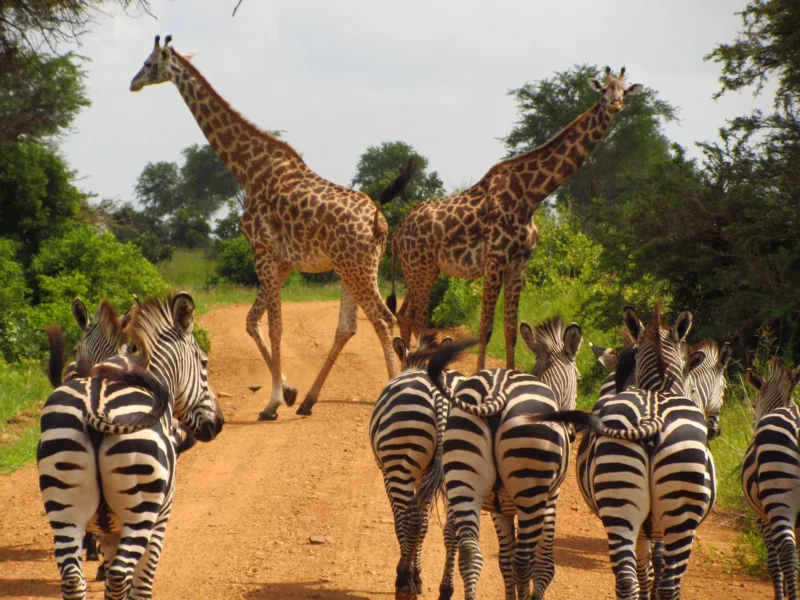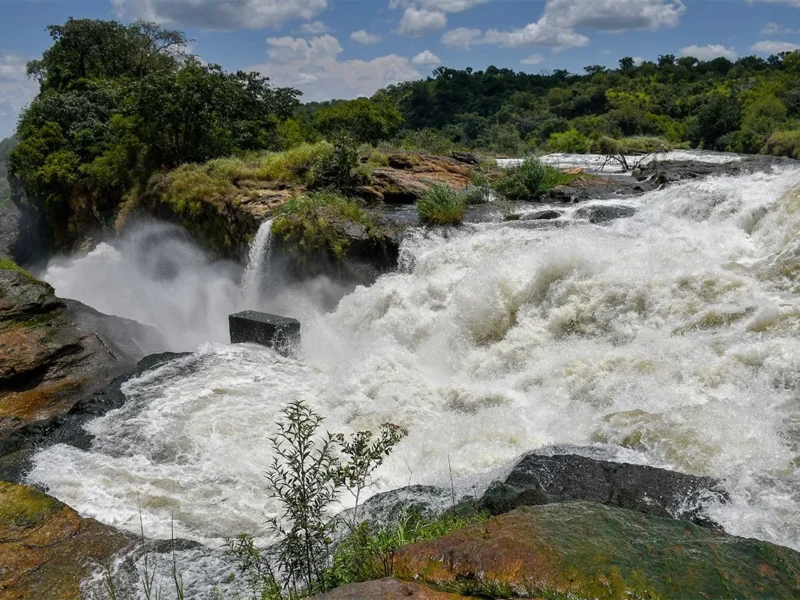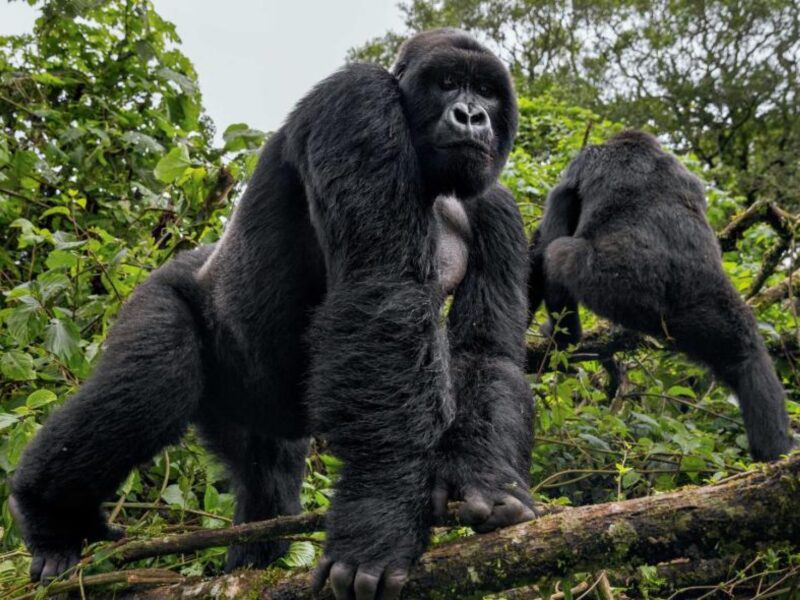
Lions In Tanzania
April 11, 2025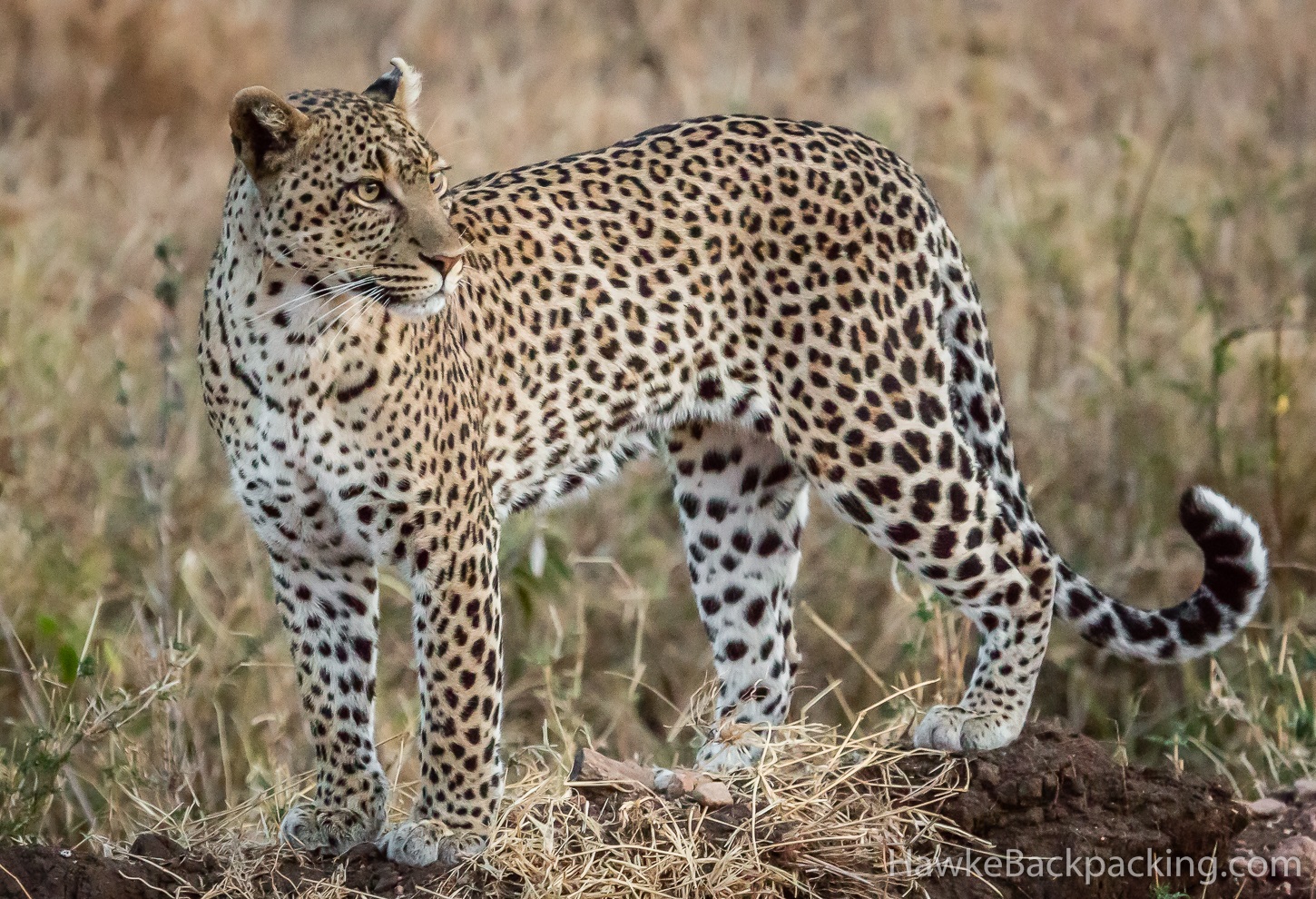
Leopards in Tanzania
April 11, 2025Elephants In Tanzania
Elephants in Tanzania
Introduction
Tanzania is home to a significant portion of the world’s remaining African elephants, making it one of the most crucial countries in terms of elephant conservation. Known for their intelligence, social structures, and long lifespans, elephants are considered one of Africa’s most iconic and majestic species. They play a vital role in shaping ecosystems, and their conservation is essential for maintaining the ecological balance of many regions in Tanzania.
Elephant Population in Tanzania
Tanzania hosts one of the largest populations of African elephants on the continent. According to estimates, there are over 130,000 elephants in Tanzania, accounting for roughly 20% of Africa’s total elephant population. The majority of these elephants reside in the country’s vast and ecologically diverse national parks, game reserves, and protected areas, which offer safe habitats for them to thrive.
Where Elephants Live in Tanzania
Elephants in Tanzania are found across a variety of habitats, ranging from the open savannahs of the Serengeti to the dense forests of the Selous. The country’s large protected areas provide elephants with the space they need to roam, forage, and maintain social structures. Some of the most important areas for elephants include:
– Habitat: The Serengeti, with its expansive savannahs, is a key habitat for elephants, especially during the wet season when water and food resources are plentiful. They are often seen in areas with riverine forests, where they browse on trees, shrubs, and grass.
– Population: Thousands of elephants live in the Serengeti, though their numbers fluctuate with seasonal movements and migration patterns.
2. Selous Game Reserve (now Nyerere National Park)
– Habitat: The Selous is one of the largest game reserves in Africa, featuring miombo woodlands, wetlands, rivers, and floodplains.
– Population: Historically home to one of the world’s largest elephant populations, Selous has seen a decline due to poaching but still supports thousands of elephants. The Rufigi River is a central feature of this habitat, with elephants frequently seen in the area during dry seasons.
– Habitat: Known for its unique baobab trees and seasonal floodplains, Tarangire is a key elephant haven, especially during the dry season when elephants migrate to the park’s water sources.
– Population: Tarangire has one of the highest concentrations of elephants in Tanzania, with herds often numbering in the hundreds.
– Habitat: Ruaha is characterized by river valleys, woodlands, and savannahs, providing elephants with both food and water year-round.
– Population: Ruaha is home to one of Tanzania’s largest elephant populations, and it has become a sanctuary for elephants, particularly those displaced by poaching or habitat destruction in other regions.
5. Katavi National Park
– Habitat: Katavi’s remote location and wetland areas offer a perfect sanctuary for elephants. The park is especially known for its large herds of elephants, which can be seen foraging along the rivers and floodplains.
– Population: Though less visited than other parks, Katavi’s elephant population is growing due to the park’s low human density and intact ecosystems.
Social Structure and Behaviour of Elephants
Elephants are highly social animals with complex family structures. Their social behavior is vital to their survival, as they rely on family bonds and cooperative strategies to manage threats, locate food and water, and ensure the survival of the younger members.
Family Units and Herds
– Matriarchal Society: Elephant herds are led by the oldest female (the matriarch), who plays a crucial role in guiding the herd to food, water, and safe areas. The matriarch’s experience and memory are vital for navigating the landscape, especially in harsh conditions such as droughts.
– Herd Structure: Female elephants live in family groups, which consist of the matriarch, her daughters, and their offspring. Male elephants typically leave the herd once they reach adolescence, either to live alone or form temporary bachelor groups.
– Communication: Elephants communicate through vocalizations, infrasound (low-frequency sounds), body language, and even foot stomping to communicate over long distances. This communication helps to maintain herd cohesion and warn of danger.
Feeding Behavior
– Elephants are herbivores and have a wide-ranging diet. They consume grasses, tree bark, fruits, leaves, and roots. An adult elephant can consume up to 300 kilograms of food per day.
– They play an important role in their ecosystem as keystone species, shaping the environment around them. For example, elephants are known to knock down trees and saplings, which helps maintain the savannah ecosystem and provides open areas for other species to thrive.
Migration and Seasonal Movement
– Elephants in Tanzania exhibit seasonal migration patterns, moving between different regions in search of water and food. This migration is typically influenced by the availability of rainwater and dry-season watering holes.
– For example, elephants in Tarangire migrate to the park from surrounding areas during the dry season, drawn by the park’s abundant water sources.
Threats to Elephants in Tanzania
Despite the country’s efforts to protect them, elephants in Tanzania face several significant threats:
1. Poaching
– Illegal ivory trade remains one of the biggest threats to elephant populations in Tanzania. Poaching for ivory has caused dramatic declines in elephant numbers in some regions.
– Poachers use increasingly sophisticated methods, including automatic weapons and poisoned food, to kill elephants for their tusks, which are often smuggled across borders and sold on the black market.
2. Habitat Loss
– The expansion of agriculture, human settlements, and infrastructure is encroaching on elephant habitats. Forest clearance for farming, especially in the southern regions of Tanzania, has reduced the space available for elephants to roam, especially in migratory corridors.
3. Human-Wildlife Conflict
– As human populations grow and settlements expand, human-elephant conflict has increased. Elephants often destroy crops, damage property, and occasionally injure people when they venture into farming areas in search of food and water.
– To prevent such conflicts, measures such as electric fences, cattle herding with guard dogs, and the use of bee-hive fences (which elephants avoid due to their fear of bees) have been introduced.
4. Climate Change
– Changing weather patterns are impacting elephants’ access to water and food, particularly in regions like Selous, which is experiencing increasingly erratic rainfall patterns. Droughts are becoming more frequent, and this puts additional stress on elephants, forcing them to travel longer distances to find water.
5. Trophy Hunting
– In some regions, regulated trophy hunting of elephants takes place. While the revenue generated from this practice supports conservation efforts, there is concern about the impact on elephant populations, particularly if hunting quotas are set too high or improperly managed.
Conservation Efforts
Tanzania has implemented a range of strategies to protect its elephants and their habitats. Key conservation efforts include:
1. Protected Areas and Anti-Poaching Initiatives
– Tanzania’s national parks and game reserves, such as the Serengeti, Ruaha, Selous, and Tarangire, are essential for elephant conservation. These areas provide safe habitats where elephants can roam freely and undisturbed.
– The government and conservation organizations have increased anti-poaching efforts by deploying rangers, using drones, and employing camera traps to track poachers and prevent illegal hunting.
2. Community Involvement
– Tanzania is promoting community-based conservation programs, where local communities are involved in protecting wildlife. These programs include eco-tourism initiatives, providing communities with a stake in conservation and offering alternative livelihoods to reduce reliance on destructive practices like poaching.
3. Elephant Corridors
– Efforts are underway to create and protect elephant corridors safe passageways that allow elephants to move between different parks and reserves without coming into conflict with human settlements.
4. International Collaboration
– Tanzania is working with other African nations and international conservation bodies like WWF and TRAFFIC to curb the illegal ivory trade and establish more sustainable wildlife management practices across the continent.
Elephants in Tanzania are a symbol of the country’s natural wealth and biodiversity. These magnificent creatures are crucial to maintaining the health of their ecosystems, shaping the landscape, and supporting other species. However, with ongoing threats such as poaching, habitat loss, and human-wildlife conflict, it is crucial that conservation efforts continue to ensure that Tanzania remains one of the last refuges for African elephants. Through collaborative efforts, Tanzania can secure a future for elephants, allowing these majestic animals to roam the wilds of Africa for generations to come.

